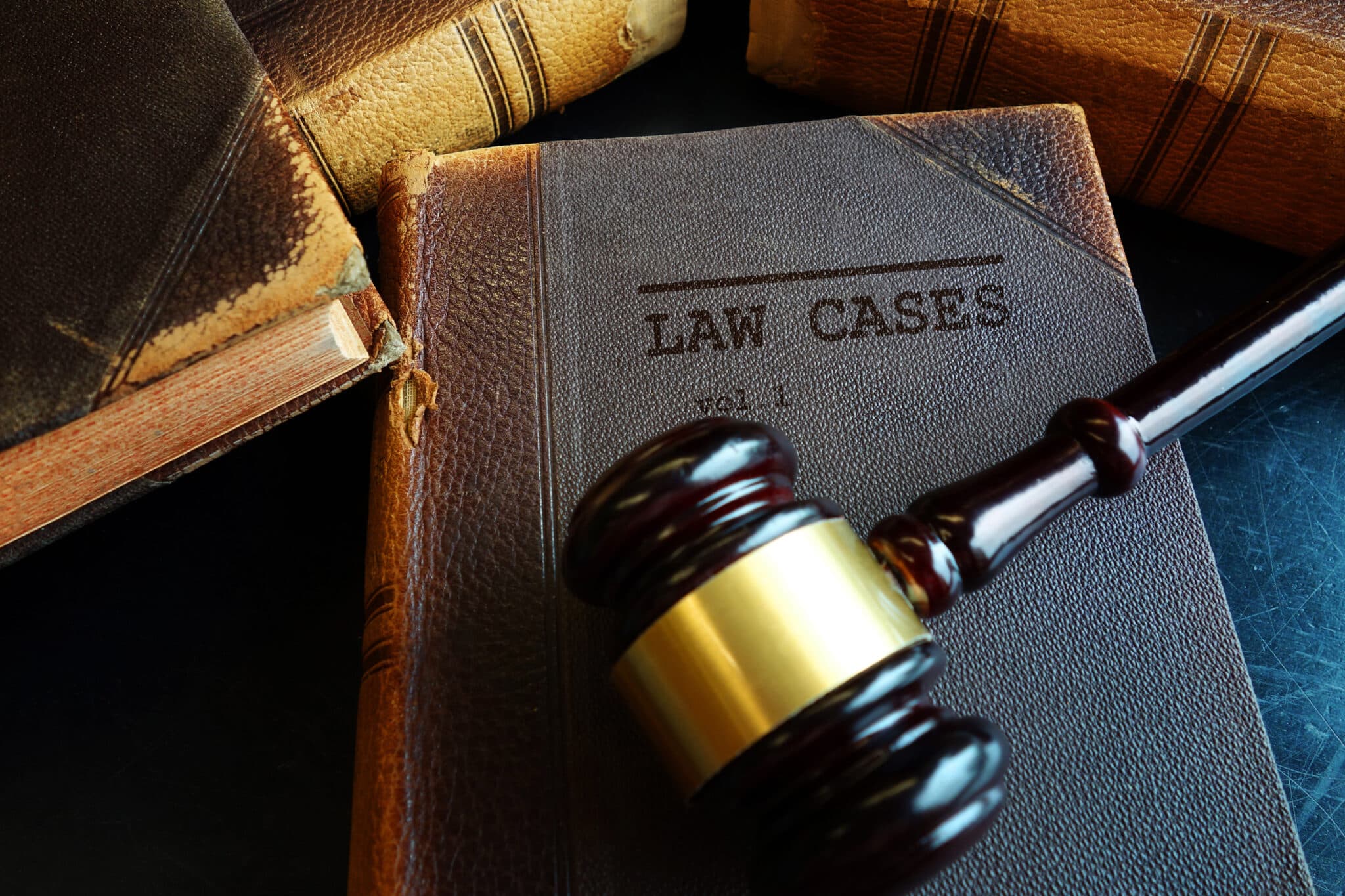Why Pick Federal Appeal Lawyers: Proven Techniques for Successful Appeals
Why Pick Federal Appeal Lawyers: Proven Techniques for Successful Appeals
Blog Article
Debunking the Process of Federal Appeals: What You Need to Know
Navigating the detailed world of government appeals can frequently feel like going across undiscovered waters for those not familiar with the process. Understanding the nuances of appellate court jurisdiction, the complexities of filing a notice of charm, providing an engaging short, and making an influential dental debate are essential parts that can significantly impact the outcome of a situation. By unraveling the layers of intricacy surrounding government appeals, individuals can obtain a more clear insight right into the devices that regulate this vital phase of the legal system.
Comprehending Federal Appeals Process
Looking into the intricate world of the government charms process unveils a structured and systematic trip with the judicial system. Federal appeals work as a crucial mechanism for assessing choices made by lower courts. Understanding this process is crucial for any person included in legal proceedings at the government degree.
The process typically starts with a celebration dissatisfied with a reduced court's judgment filing a notification of charm. This triggers a testimonial by a greater court, where a panel of judges analyzes the lawful arguments offered by both celebrations. Briefs outlining the lawful reasoning behind each event's setting are submitted, and dental arguments might be heard to clarify intricate problems.
The appellate court's decision is based on a complete examination of the lower court's proceedings and the arguments presented. The judges do not reconsider truths yet concentrate on whether lawful mistakes took place that influenced the reduced court's choice. When the appellate court gets to a decision, it can verify, reverse, remand, or customize the lower court's ruling, providing clarity and finality to the legal dispute. Understanding this procedure is crucial for browsing the complexities of federal appeals effectively.
Appellate Court Territory Discussed
As we progress from understanding the government charms process to studying the ins and outs of appellate court jurisdiction, a fundamental facet comes to light regarding the authority and restrictions of these higher courts in the legal landscape. Appellate court territory refers to the extent of situations that a particular appellate court has the power to choose and review upon. Unlike high court that hear instances for the very first time, appellate courts are restricted to evaluating decisions made by reduced courts. These decisions can consist of judgments from both state and federal courts.
Appellate courts have jurisdiction over certain sorts of instances, normally those involving legal mistakes, procedural problems, or inquiries of legislation instead than factual conflicts. The territory of appellate courts is generally detailed in laws and laws that regulate the court system. Recognizing appellate court jurisdiction is vital for parties included in the allures procedure as it identifies whether a situation is qualified for testimonial and the extent to which the appellate court can intervene in the reduced court's choice.
Declaring a Notice of Charm
The first action in commencing the federal appeals process includes filing a Notification of Allure with the ideal appellate court. This essential file officially alerts the court and the various other events associated with the case that the appealing party intends to seek a review of the lower court's decision. Filing a Notice of Appeal is a stringent procedural demand that sets the appellate process moving.
When preparing the Notice of Charm, it is vital to make sure conformity with the specific guidelines and guidelines of the appropriate appellate court. federal crime lawyer. The paper needs to normally consist of info such as the situation name, the lower court's name, the day of the judgment being appealed, and a succinct declaration suggesting the grounds for the appeal

Briefing and Dental Argument
In the appellate process, offering written briefs and taking part in oral disagreements play pivotal functions in supporting for the appealing party's setting prior to the appellate court. Briefs are extensive lawful documents that lay out the celebrations' arguments, legal authorities, and analysis sustaining their placements. These composed submissions give the court with a thorough understanding of the realities of the instance, the pertinent regulation, and why the appealing event believes the reduced court's choice must be rescinded.
Complying with the entry and testimonial of the briefs, dental arguments use the events an opportunity to further clarify their settings, address any type of inquiries the appellate courts might have, and highlight bottom lines from their composed briefs. Dental debates are an opportunity for the lawyers to persuade the judges through verbal advocacy and reactions to queries from the bench.
Both the composed briefs and dental debates are crucial components of the appellate process, allowing parties to present their case thoroughly and compellingly before the appellate court. - federal crime lawyer
Getting the Appellate Court Choice
The appellate court's decision is typically provided in a created style and lays out the court's conclusions on the lawful concerns presented, the reasoning behind their decision, and the judgment provided. The time frame for getting the appellate court's choice can vary, however courts make every effort to offer prompt resolutions. Whether the appellate court attests, reverses, or remands the lower court's choice, recognizing the implications of the ruling is critical for all parties included in the appellate procedure.
Verdict
In final thought, the government allures procedure is a complex however vital action in seeking justice. Understanding the appellate court jurisdiction, submitting a notification of allure, preparing briefs, and presenting oral disagreements are all crucial components of this process. Eventually, obtaining the appellate court choice can give clarity and resolution to legal disputes. It is essential to navigate the federal charms procedure with persistance and interest to information to accomplish a reasonable result.
As we proceed from comprehending the government charms process to dissecting the intricacies of appellate court territory, a basic facet comes to light relating to the authority and limitations of these higher courts in the legal landscape. Appellate court jurisdiction refers to the extent of situations that a specific appellate court has the power to choose and review upon. Unlike test courts that hear cases for the initial time, appellate courts are restricted to examining decisions made by reduced courts. Comprehending appellate court jurisdiction is essential for parties entailed in the charms process as it establishes whether a situation is eligible for testimonial and the degree to which the appellate court can intervene in the reduced court's decision.

Report this page